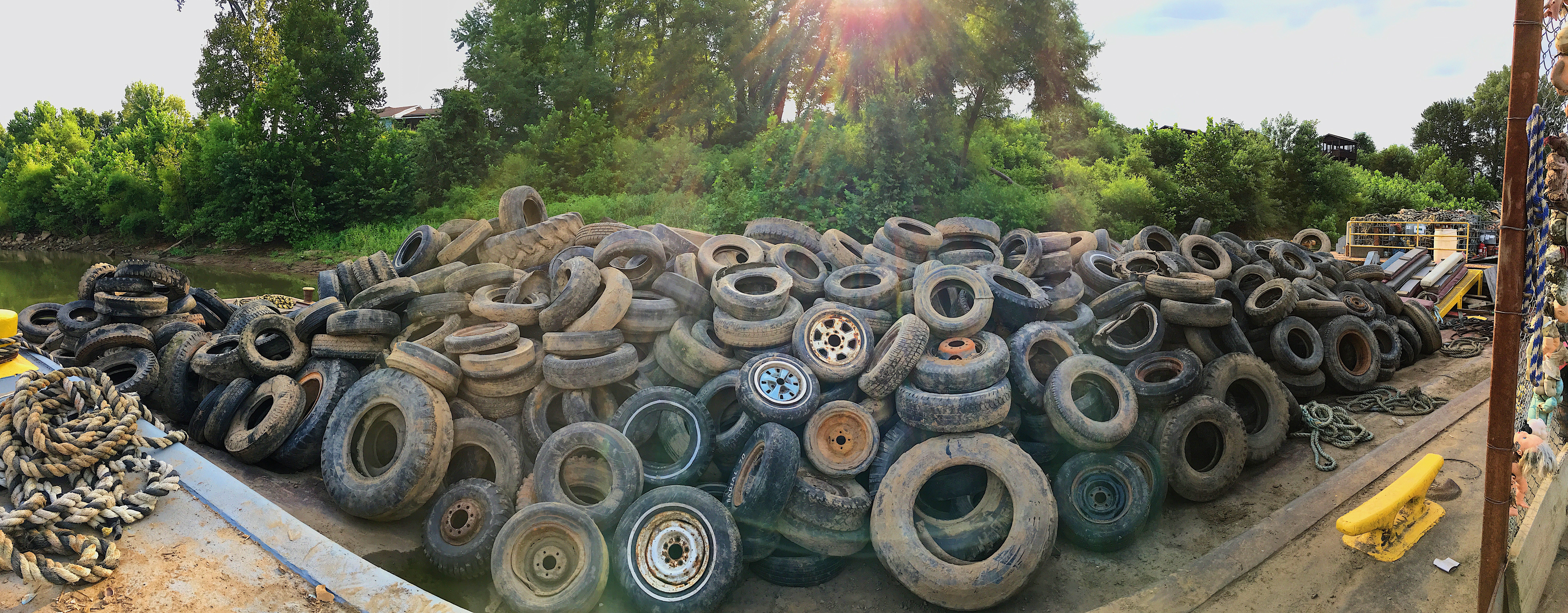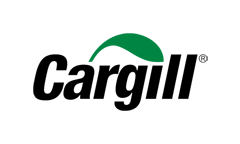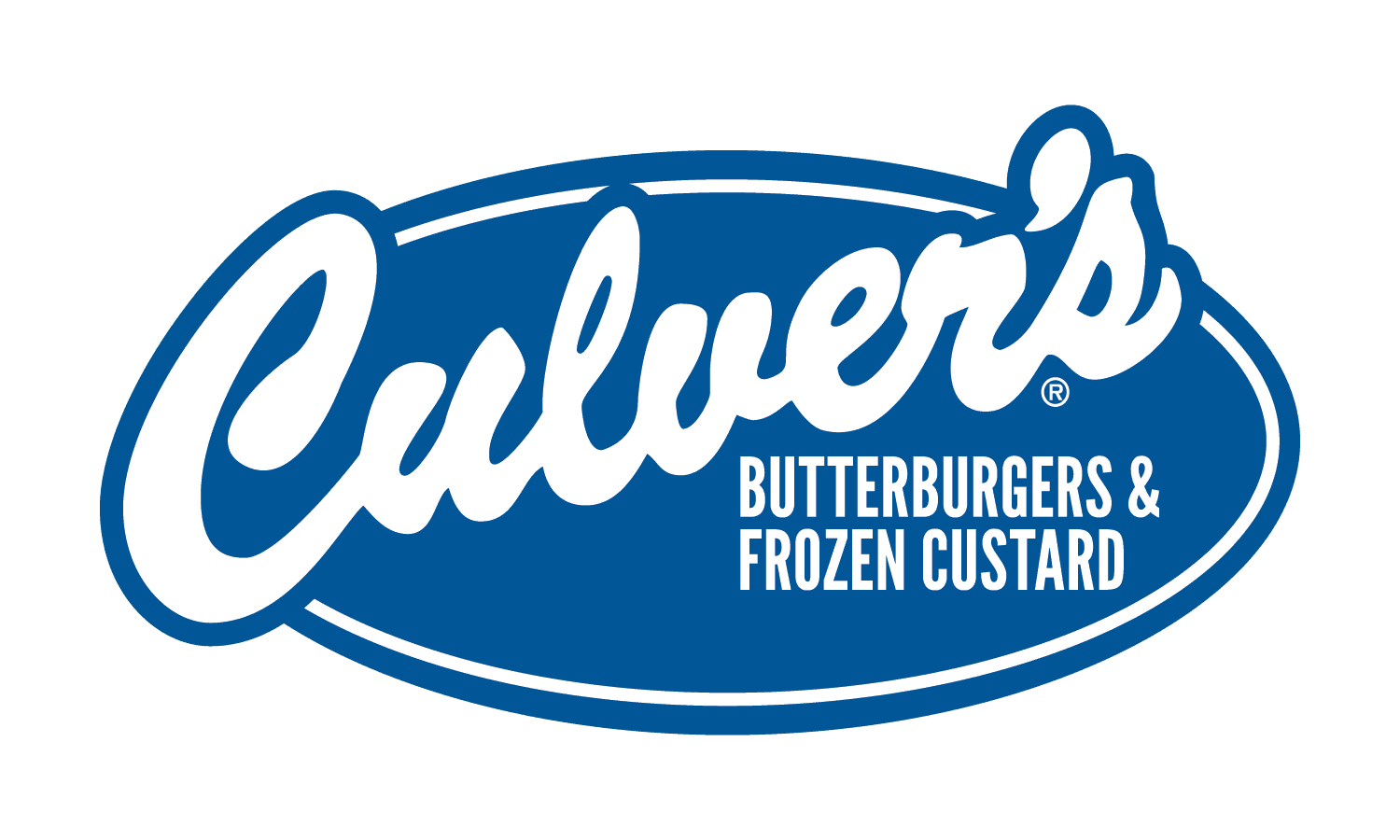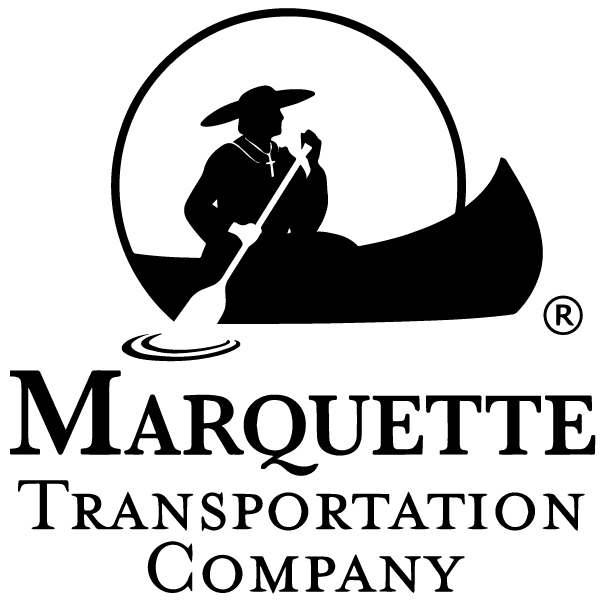Interstate 80 & The Mississippi River: Where the Wild Grasses Grow
Article 14 - August 9, 2019
Written by Chad Pregracke
I’m not sure I’ve ever been part of or even read a blog before but everybody that surrounds me at work tells me how impactful they can be, so I’m on board! I’ll most definitely write about the rivers at a later time but, for now, I want to talk about how cool it is to see all the prairie grasses and wildflowers that we planted as part of our I-80 Restoration Project in full bloom! This phase of the project has far exceeded my expectations to the point that I’ve pulled over on the side of the off-ramp multiple times just to look at it.
For those of you who aren’t familiar with the Quad Cities, this is the area where the Mississippi River intersects I-80, an east-west transcontinental interstate and the second-longest interstate highway in the U.S. (following I-90). Whether you are local or just passing through, I encourage you to swing by and take a look!

Chad, why did you take on the I-80 Restoration Project?
Great question! I’ve had this vision for over 20 years and here’s why:
1. It’s an area that can be viewed from the underutilized Illinois Welcome Center, which has one of the lowest rates of visitors of any rest area in the state! We believe that restoring this acreage to a native prairie and introducing select animals to the plot would dramatically increase the volume of visitors, creating a timeless and well-designed Welcome Center with the best view of the Mississippi River valley.
2. This 28-acre parcel is viewed by the 40,000+ motorists who cross the Mississippi River every day – it is either their first or their last impression of Illinois.
3. Nearly 200 years ago, Illinois used to be 60% prairie. Of the nearly 22 million acres of prairie that was in the state in the 1820’s, only .01% is left. :( This decrease has resulted in habitat loss for native animals such as bison, deer, birds and many more. Restoring this parcel of land to its native landscape will provide countless benefits to the local ecosystem and publicly raise awareness of this endangered ecosystem.
4. In March of 2016, a tornado hit a large portion of the acreage, uprooting hundreds of trees and decreasing the aesthetics of this property. The State of Illinois doesn’t have the funding, staff or resources for the project and the cleanup work needed for this area would be unlikely to happen without our/your involvement.
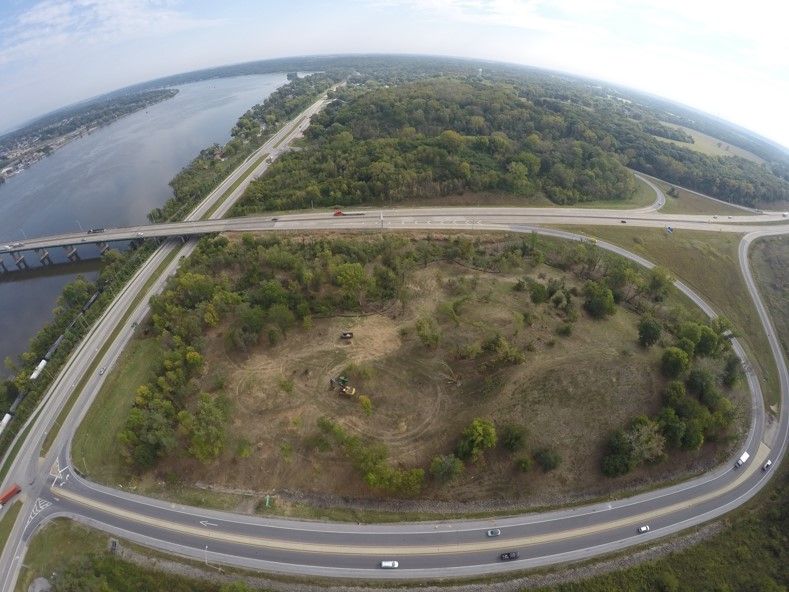
Photo from kwqc.com.
What have you accomplished so far?
We have removed the damaged trees and shrubs, removed invasive species and planted native trees (over 200 so far!), shrubs, grasses and wildflowers. Our crew continues to water the plants and provide necessary maintenance.
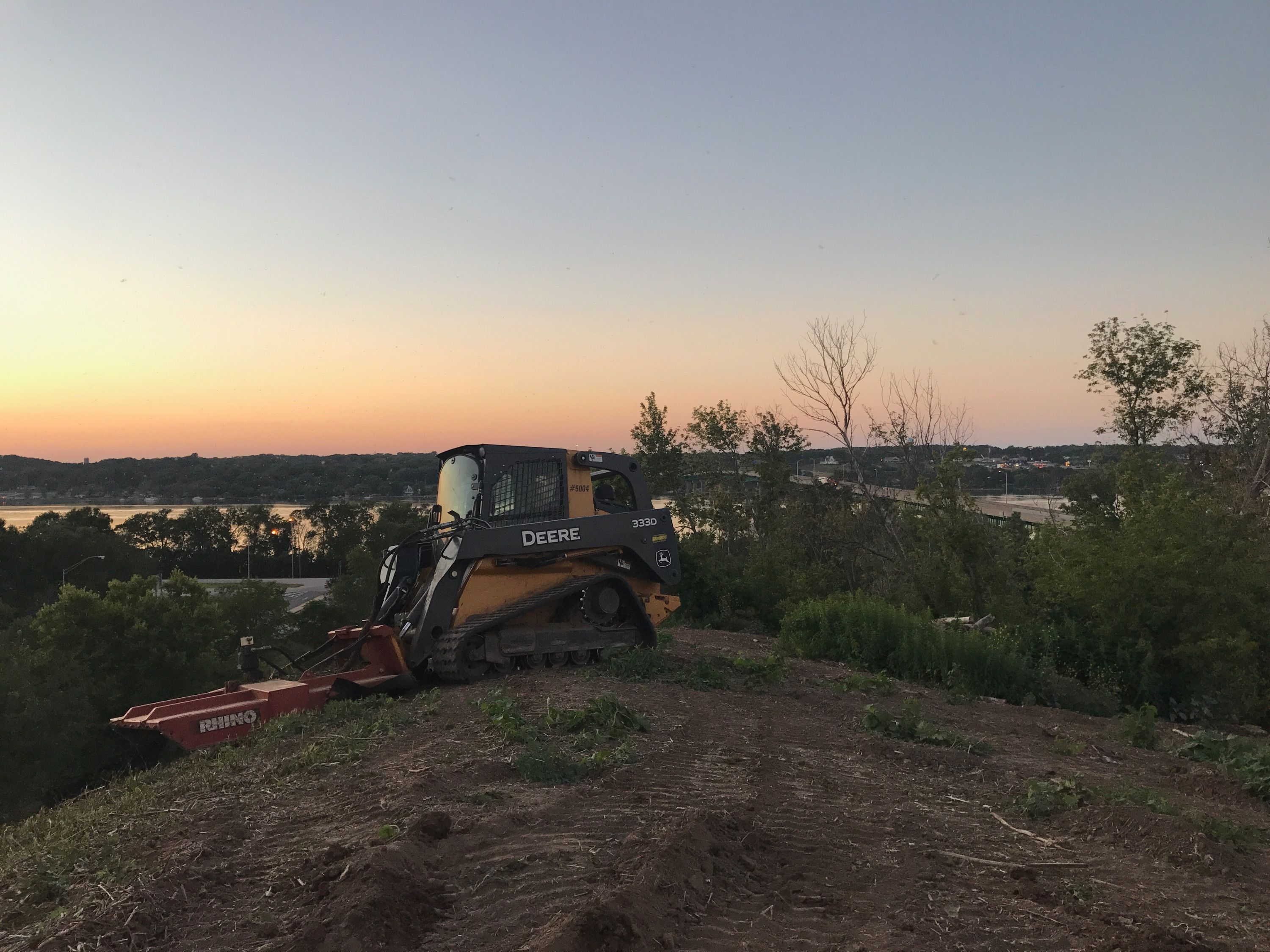
What are your future plans?
We are headed across the interstate to make similar improvements to the other side (the east parcel) in 2020. We’ll also be adding some beehives next year!
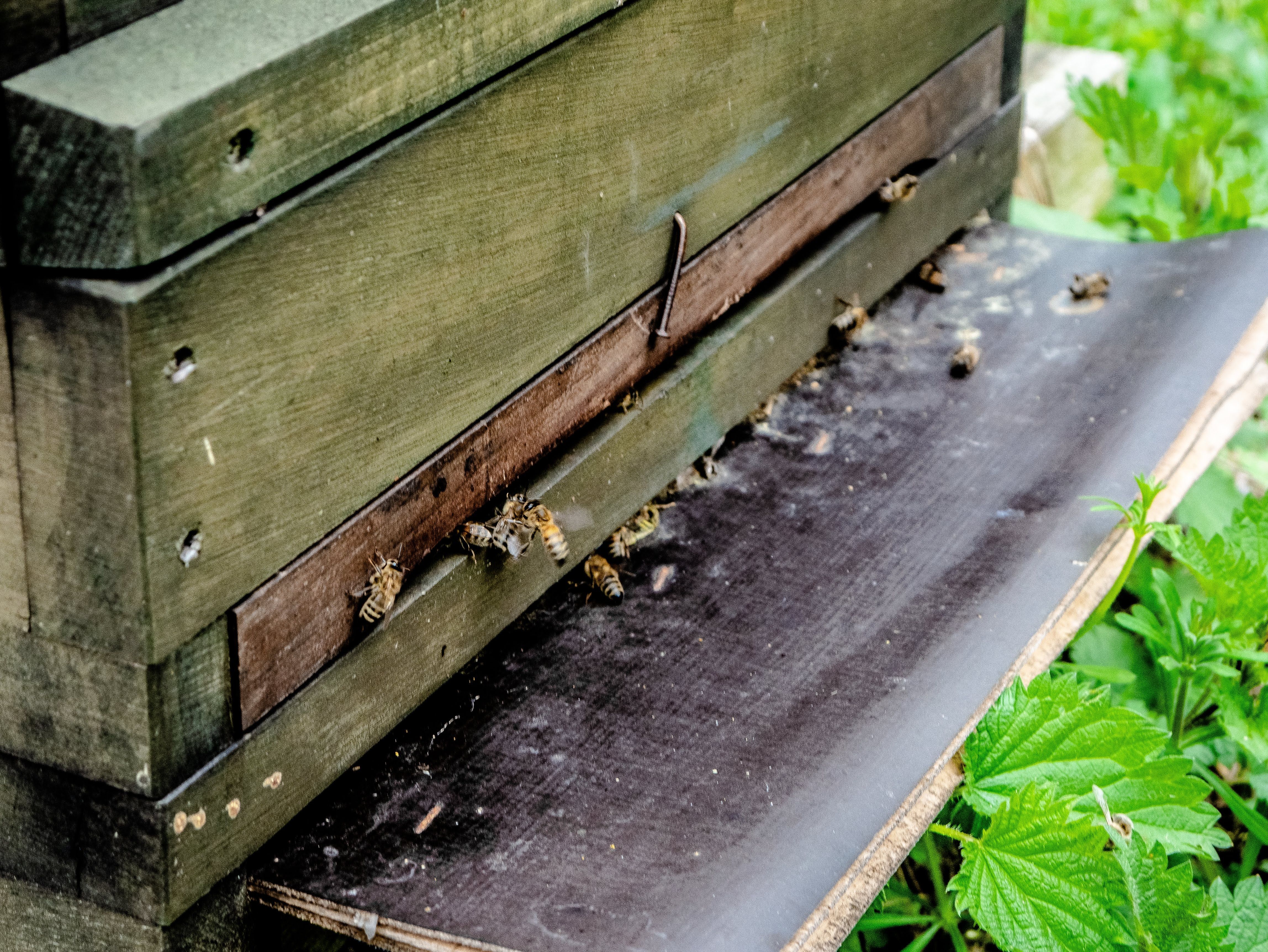
Photo by Kuma Kum on Unsplash
Why are the wildflowers important?
To ensure we are bringing this land back to its native prairie land, we’re bringing the awareness back to our pollinators, as they play a large role in the life cycle of flowering plants. If you get lucky while driving by or making a stop, you will see flowers of different shapes, sizes and colors including wild bergamot, yellow coneflower, butterfly weed and oxeye daisy. The importance of these unique flowers is to help different pollinators have successful pollination.
There is mounting evidence that shows that pollinators are declining at alarming rates, yet they are vital to our environmental and economic value. Declining pollinators include bees, butterflies, hummingbirds, bats, moths, beetles and even ants! More information in a future blog to come from our newest Education Coordinator, Rachel!
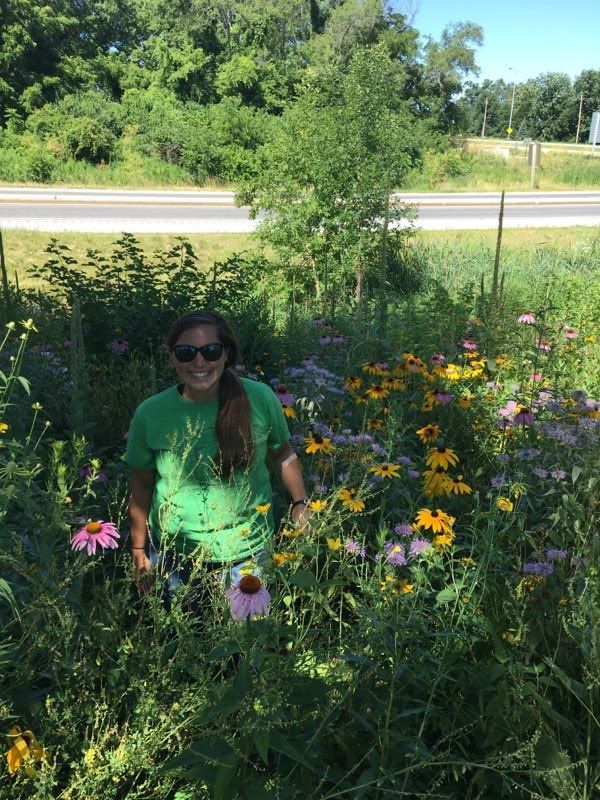
So what exactly is our goal?
As simple as it sounds, we want to increase native and honey bee diversity! Though honey bees are non-native, it’s important to remember that competition between them creates cohabitation. To enrich and increase the bee diversity, we are working with local beekeepers, who you may soon see roaming the 28 acres to access their hives! The benefits of having land with no pesticides or herbicides is not only appealing to the beekeepers, but to the bees, too.
We’ve got good momentum, a few other tricks up our sleeves (TBA) and are excited about the remainder of our long term vision. We hope you’ll stay tuned for the progress!

Photo (left): Annie Spratt (Unsplash)
Photo (right): Thomas Willmott (Unsplash)
How can my group or business get involved?
Thanks sooooo much to the more than 500 volunteers, local arborists with chain saws (who cut down the downed trees) and the LL&W staff who’ve made it look so great!! The plans are developing wonderfully and we’re looking forward to continued work to improve this beautiful piece of land. That being said, we’re always looking for interested businesses and groups to have the option to contribute! Some have financially sponsored the project and others have volunteered their time. We’ll occasionally open up the project to volunteer groups for teambuilding. In true LL&W style, we make these events fun and light! Email dan@livinglandsandwaters.org to get involved.
To sum it up, I really have a hard time not stopping to look at the prairie grasses and wildflowers and their abundance in complete awe. I hope you’ll get to see it in person as the project continues to flourish because the photos just don’t do it full justice!
There’s my first blog! How did I do?


